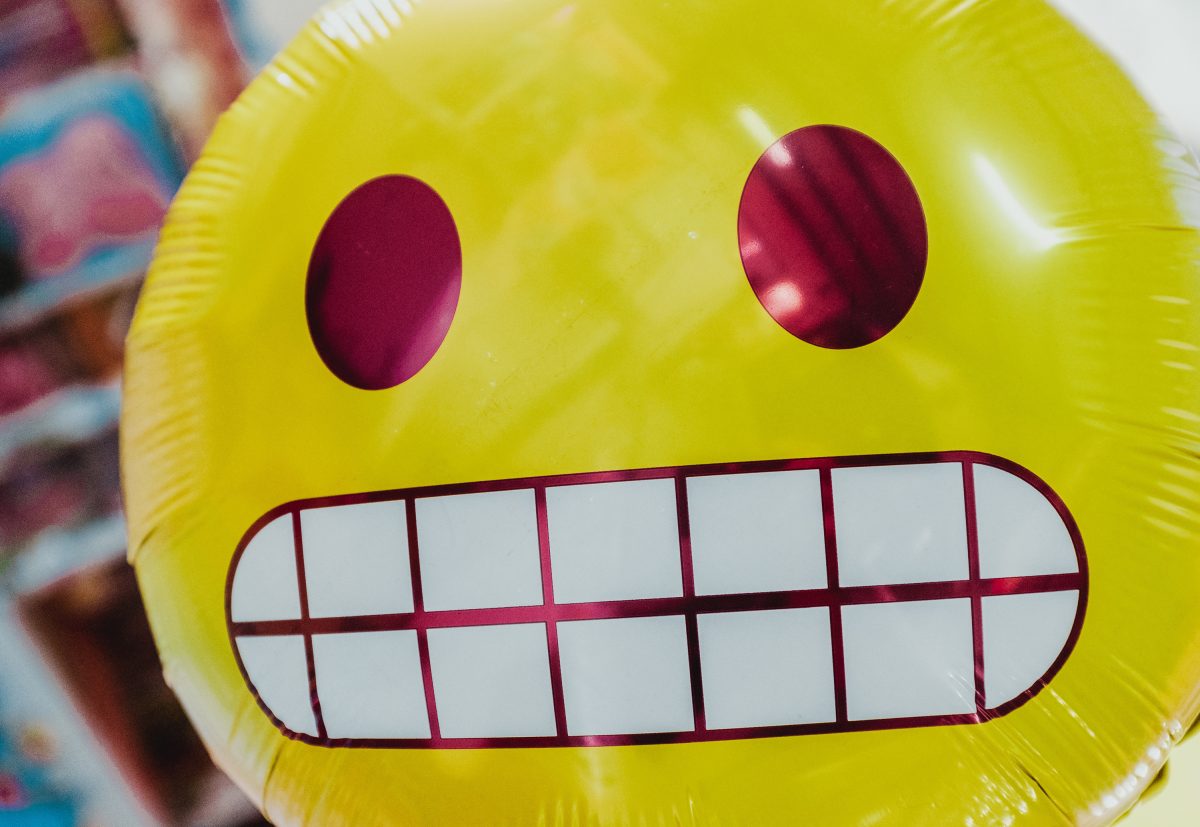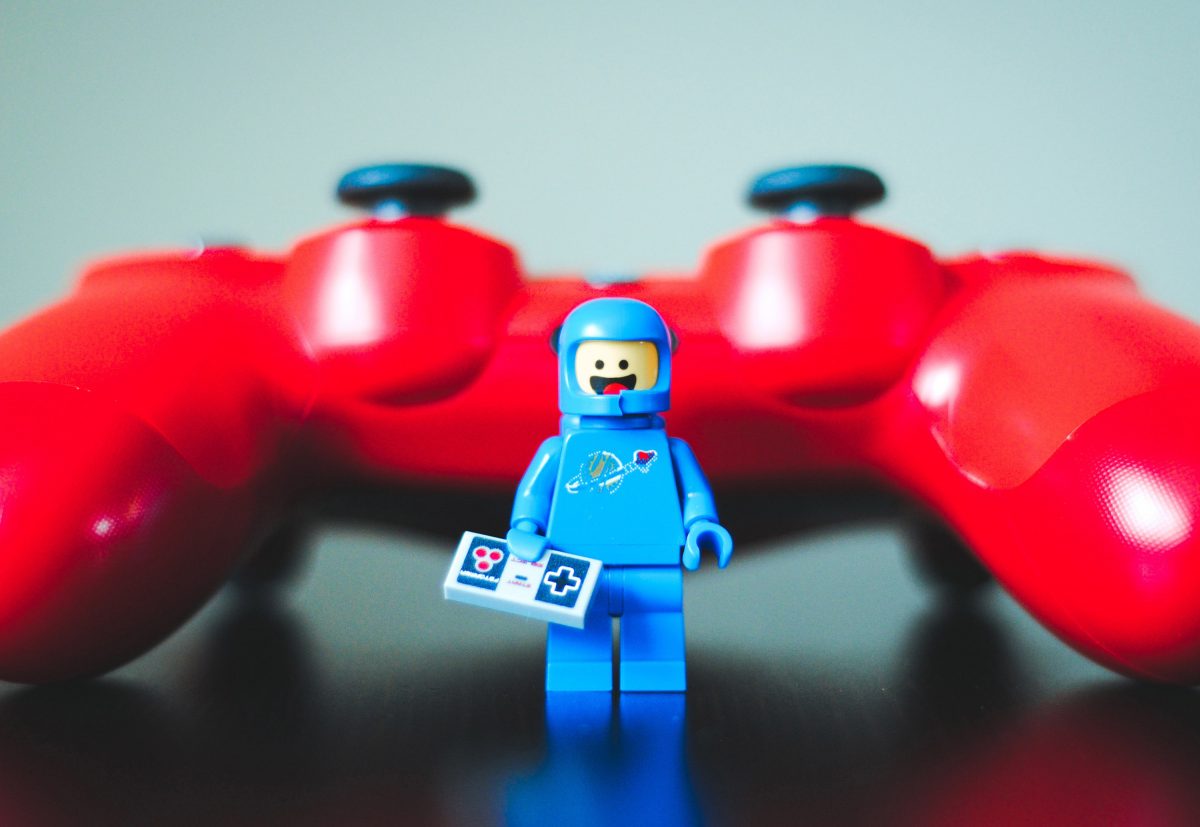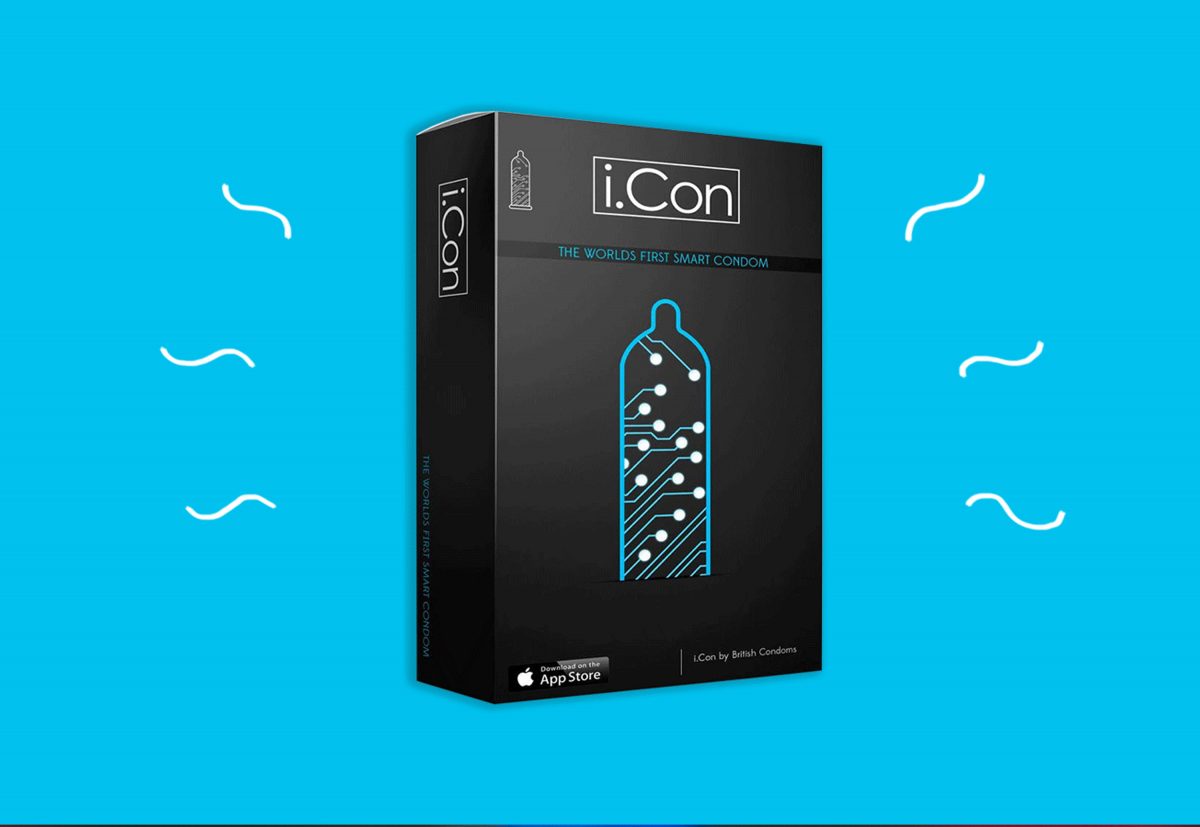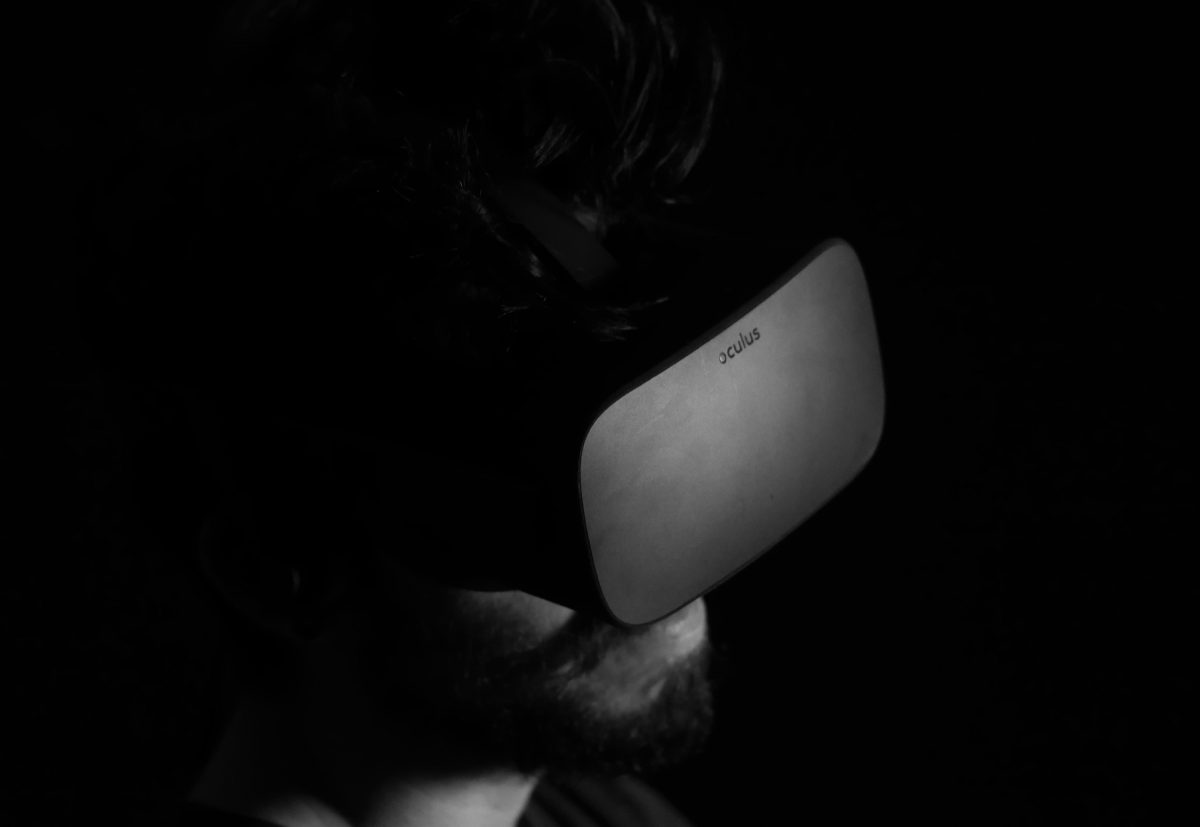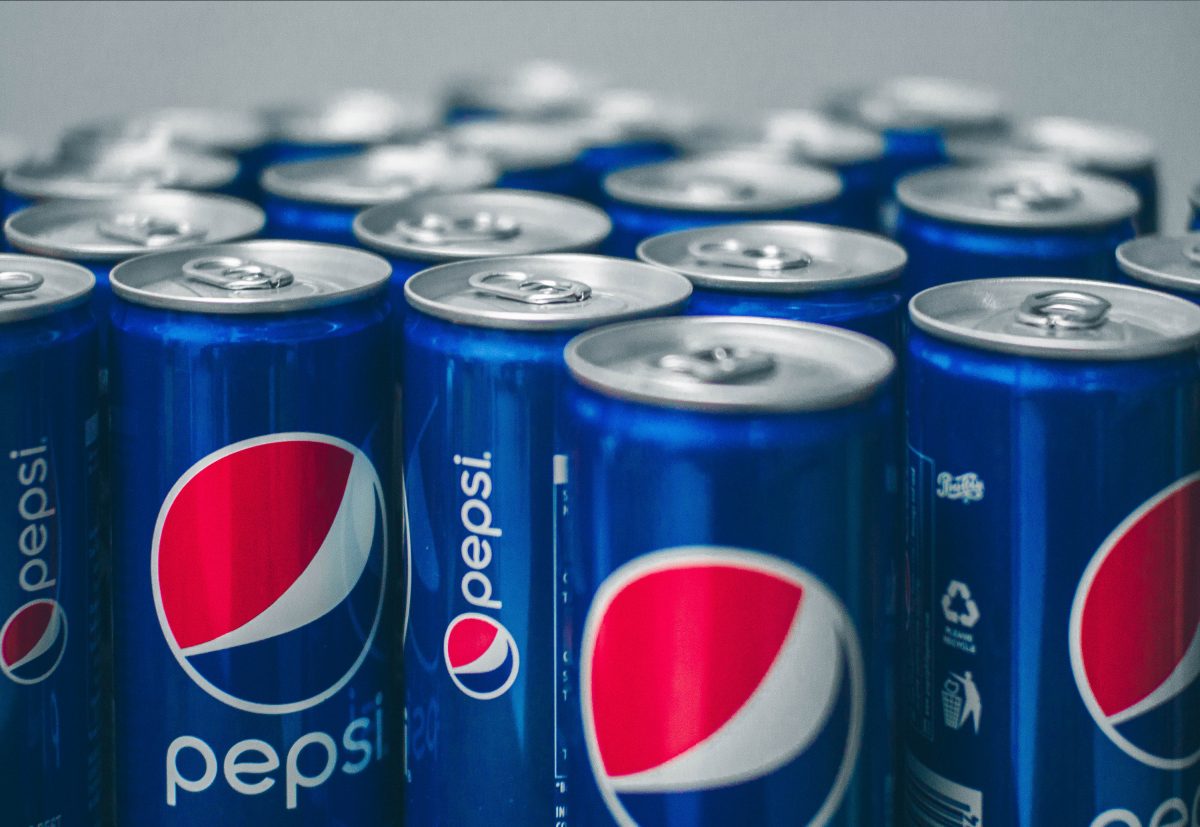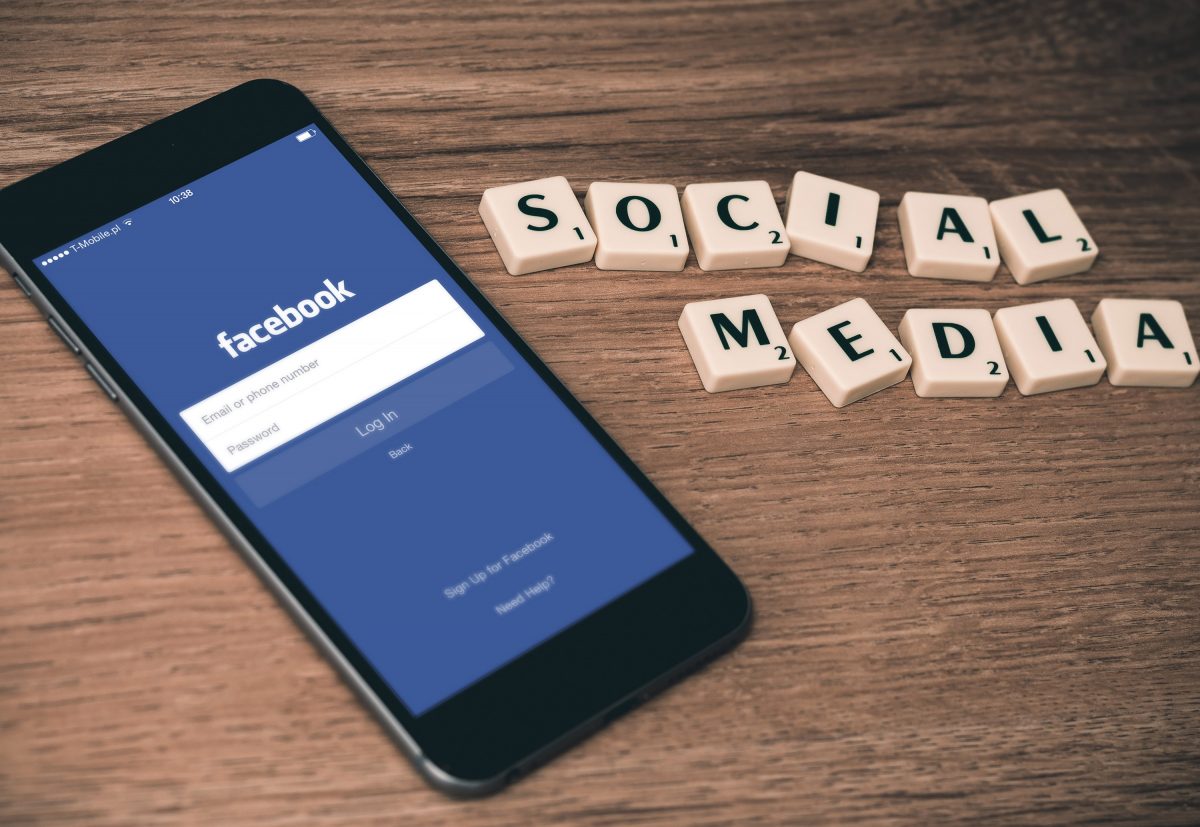The recent news of the IPM’s efforts to develop a standardised measure to evaluate brand experience has been greeted enthusiastically by the industry. It’s not hard to see why.
Nail this and we will have finally ‘grown up’, taking our place at the client’s top table alongside other more established disciplines that traditionally have called the shots. Experiential marketing budgets will swell as age-old misgivings are swept aside, and none of us shall ever again be subject to the awkward grillings that our colleagues in other areas of marketing seem to avoid.
So yeah, it will be pretty great. Or at least it would be if it were possible.
While there is no doubt that this project will provide many valuable learnings that will sharpen our measurement abilities, one thing it categorically won’t do is provide a single standard formula like those enjoyed by other channels. The reason for this is simple: brand experience isn’t a channel at all.
The definition of a channel is a consistent format that can carry a marketing message. TV, for instance, is an obvious channel, since all ads are carried in fundamentally the same way (30 seconds of video in between programmes), no matter what their creative idea. It is this formal consistency that allows for consistent measurement – there are no variations from one campaign to another that would require a change in methodology.
Brand experience on the other hand, has almost no formal consistency. As IPM Experiential Council Chair Jessica Hargreaves said in her recent piece in Event: “From sampling to intimate events and stunts, to huge festival experiences, the world of experiential is very broad.” Indeed, how much similarity is there between, say, a washing machine demo at the Ideal Home Show and a projection mapping stunt on the Houses of Parliament? What is the channel here? And what if the demo includes a Facebook mechanic, and the stunt gets a million views on YouTube? Are the channels here Facebook and YouTube? Or are they experiential? Or both? Which pieces of the campaigns are you measuring?
The point here isn’t that these campaigns can’t be measured. It’s just that they require different methodologies – especially if they actually work, as so much experiential does now, by blending different channels. We find that in many cases researching one campaign might actually come down to researching three or four different things, and then blending them to get the full picture. Or even if we research two campaigns that superficially might appear similar (say, two tactical sampling campaigns) we might have to change the methodology totally due to one small difference between them. This is not channel behaviour.
We might wonder, therefore, if experiential isn’t a channel, then what is it? I would suggest that experiential is in fact a technique of marketing, a technique that can be applied to channels, but which isn’t a channel itself. The clue is all in the grammar – experiential isn’t a noun (like TV), it’s an adjective. It describes the characteristics of something, not what it is. The characteristic, in this case, is broadly ‘something that’s activated in the real world’ – even if the end audience doesn’t experience it that way. This is why we call live stunts that go viral on YouTube ‘experiential’. Clearly most people don’t ‘experience’ them – they’re just sitting at their computer – but the fact that the original idea was activated ‘live’ gives the work that character.
For a similar example, imagine I was to talk about ‘scary marketing’. This too would be a technique – describing a piece of work without defining its structure. Clearly it would make little sense to attempt to create a unified measurement formula for scary marketing, and yet this is what we are trying to do with experiential.
If our aim is to prove the effectiveness of experiential, a good approach would be to explore how it can have a multiplying effect on other channels. Often our campaigns involve getting brands to prove their claims, which can lead to much more engaging content in this post-reality TV age. We also engage real people in our work, which has obvious implications on social channels. Ours is an eminently measurable discipline – we just have to zoom out a little bit.
I look forward to the insights of the project, and hope they will help us understand the effectiveness of our work at another level. But let’s not try and unify what we do. We’re bigger than that.
Alex Smith is Planning Director at Sense.
You might also be interested in reading our post about measuring experiential marketing campaign ROI, which goes deeper into the how of measuring brand experience.


